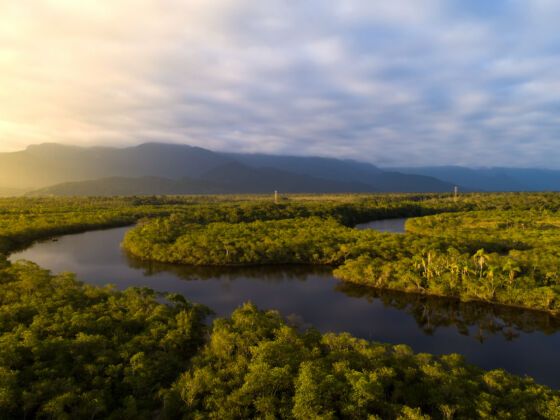1. The Everglades
The Everglades National Park’s fragile wetlands are home to a large number of birds, reptiles, water habitants, and threatened species. The Florida park is a UNESCO World Heritage site, and since 2010 UNESCO has included it in its list of endangered sites.
Encroaching urban development, reduced water flow and pollution from farms have destroyed more than half of the original Everglades and continue to endanger the habitat with further decline.
